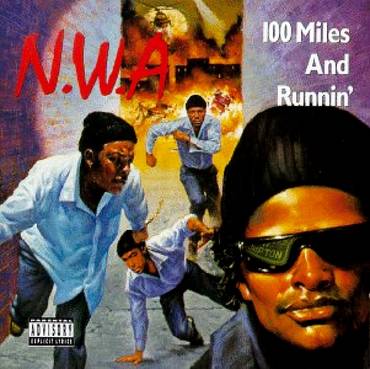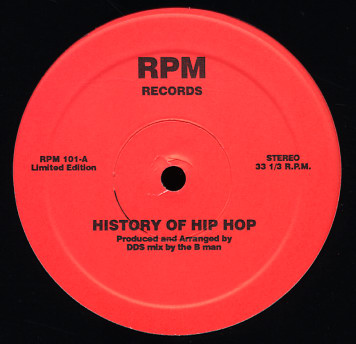Announcing the Launch of Vague Terrain 07: Sample Culture

Image source: Vague Terrain
Note: The following is an announcement of Vague Terrain’s latest issue, in which I’m very happy to be a contributor. Make sure to also peruse their previous releases on Minimalism, Locative Media and Generative Art among others.
Announcement:
The latest edition of the Toronto based digital arts quarterly vagueterrain.net is now live. The issue, vague terrain 07: sample culture is a provocative exploration of contemporary sampling of sound, image and information. This body of work examines the remix as a critical practice while addressing broader issues of ownership and intellectual property.
Vague terrain 07: sample culture contains work from: brad collard, christian marc schmidt, defasten, des cailloux et du carbone, [dNASAb], eduardo navas, eskaei, freida abtan, jakob thiesen, jennifer a. machiorlatti, jeremy rotsztain, noah pred, ortiz, rebekah farrugia, and an interview with ezekiel honig conducted by evan saskin.
For more information please see http://www.vagueterrain.net

















